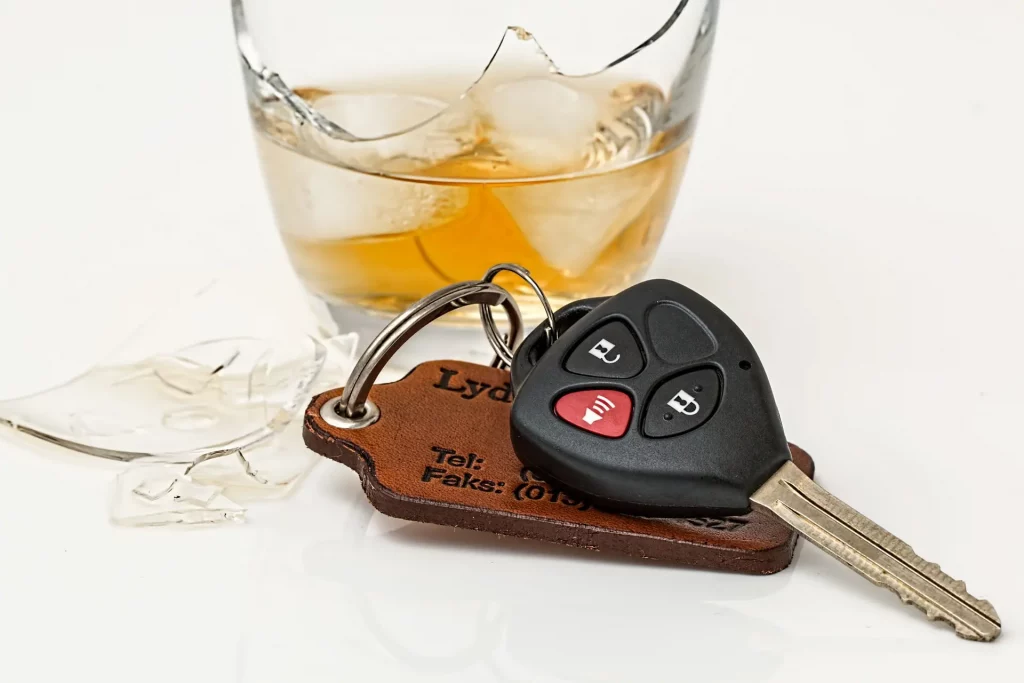The world was shocked over the unexpected and tragic deaths of NBA superstar Kobe Bryant and his daughter Giana in a helicopter accident that also claimed the lives of six other passengers and the helicopter pilot. Following this week’s memorial at the Staple Center comes news that Vanessa Bryant, Kobe’s widow, has filed a wrongful death action against the estate of Ara George Zoayan, the pilot who was at the helm of the doomed helicopter.
In New York State, as in most states, when a person is unexpectedly killed due to the wrongful actions of a third-party, there are two separate claims that can be brought to recover monetary damages, namely, a survivorship claim and a wrongful death claim.
A survivorship claim can be brought on behalf of the estate of the decedent to recover for the decedent’s pain and suffering prior to death. This claim typically includes any pre-death pain and suffering that the decedent suffered before succumbing to his/her injuries. In order for there to be a recovery for pain and suffering, it must be proven that the decedent actually suffered pain and/or suffering prior to either dying or becoming unconscious. A defense to this claim is that the decedent’s death was instantaneous and thereby resulted in little to no pain and suffering or that the decedent was rendered unconscious as a result of the incident and therefore did not experience any pain or suffering.
A survivorship claim for pain and suffering can also include what is sometimes referred to “pre-impact terror” or “pre-death terror” that a person suffered. This type of claim is typically made when there is evidence that the decedent was aware of his/her impending death. For example, the estate of a person who is struck and killed by a motor vehicle can recover for the brief moment of time between when the decedent saw the vehicle bearing down upon them to the moment when the decedent was struck and killed. Another example would be a person who is in a prolonged situation where they know that they will likely die. For example, the family member of a person who drowns can sue for the pre-death terror suffered by the decedent during the time that the decedent struggled to stay afloat to the time that the decedent ultimately drowned. Evidence of longer or rolonged terror or awareness of impending doom will usually result in a greater recovery at the time of trial.
In addition to the survivorship claim, which is brought on behalf of the estate of the decedent, a separate and distinct claim for wrongful death claim can be brought on behalf of the decedent’s survivors. The essence of a wrongful death claim is that, as a result of wrongful acts of another, the decedent’s family members have lost the financial support that the decedent was or would have provided. The law limits the family members that can bring such a claim (usually limited to the spouse, children and/or parents of the decedent). Once the surviving family member proves that he or she was getting or was reasonably expected to receive financial support from the decedent, a jury will determine the amount of damages to be awarded based on the specific facts of the case.
In the case of Kobe Bryant, it is unclear at this point if there will be a viable survivorship claim given that evidence that the victims experienced pre-death terror or pain/suffering has yet to be revealed. However, one can reasonably expect that Kobe Bryant’s wife and surviving children already have a strong wrongful death case given Mr. Bryant’s earnings potential and the lifestyle that he provided for his family.




